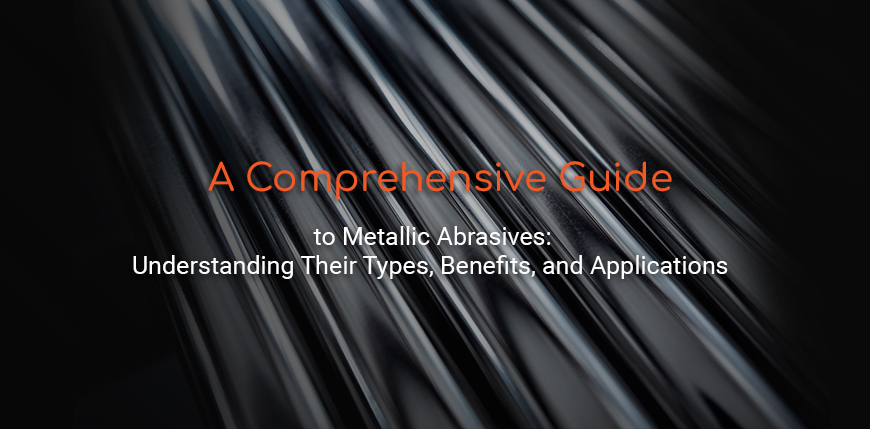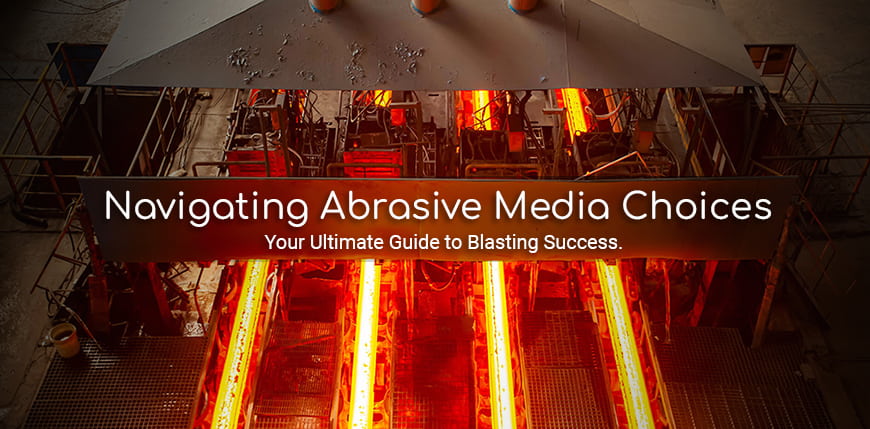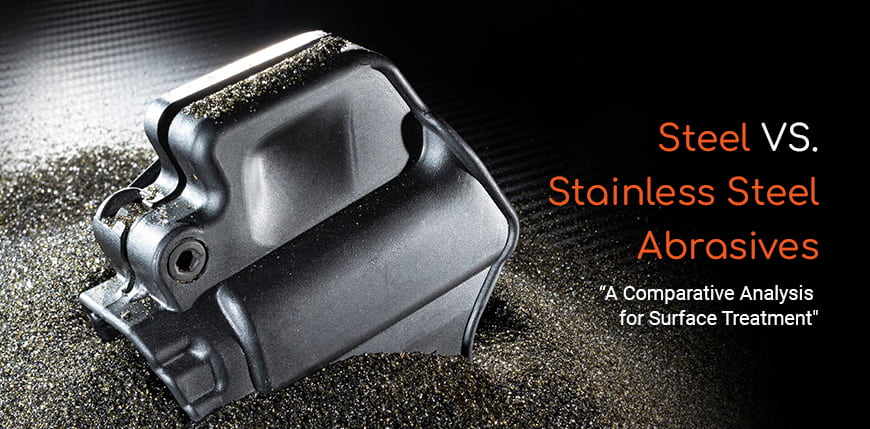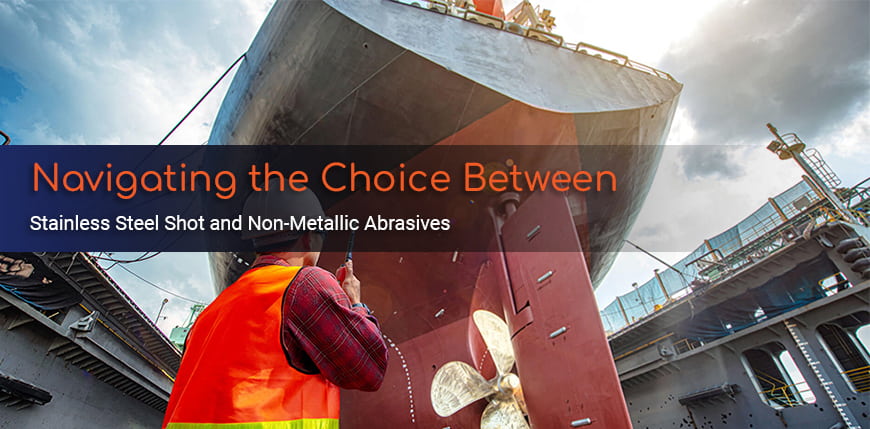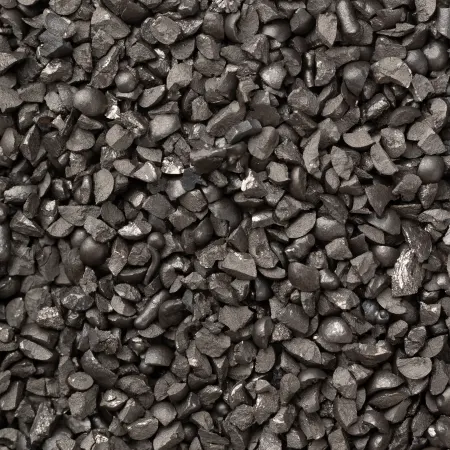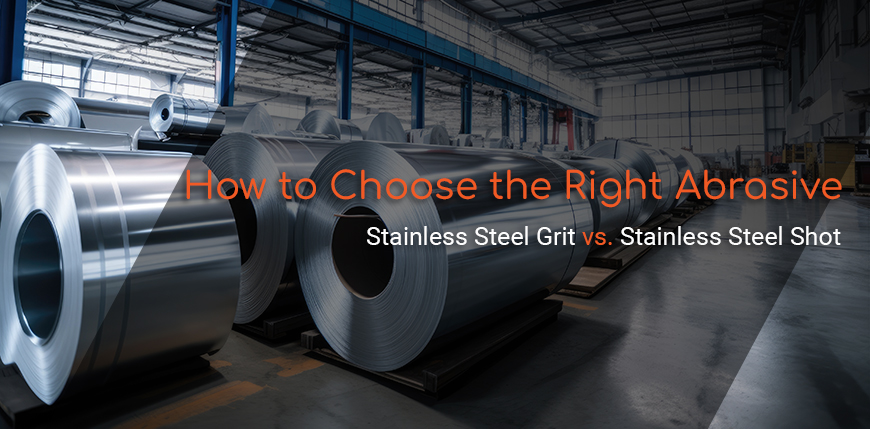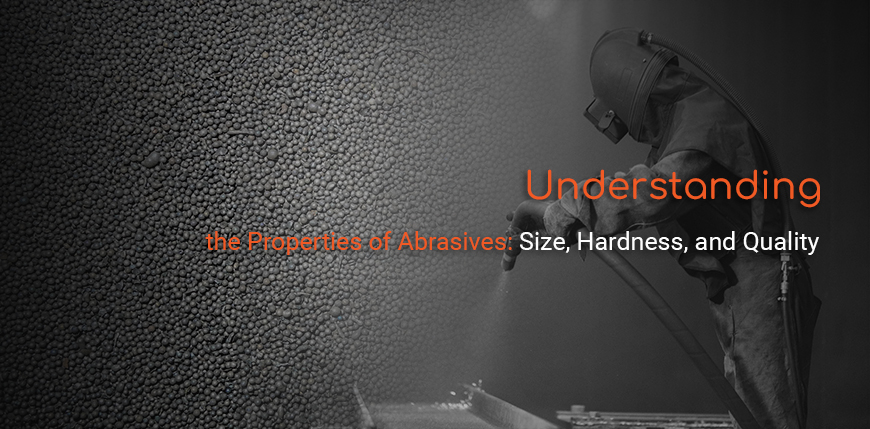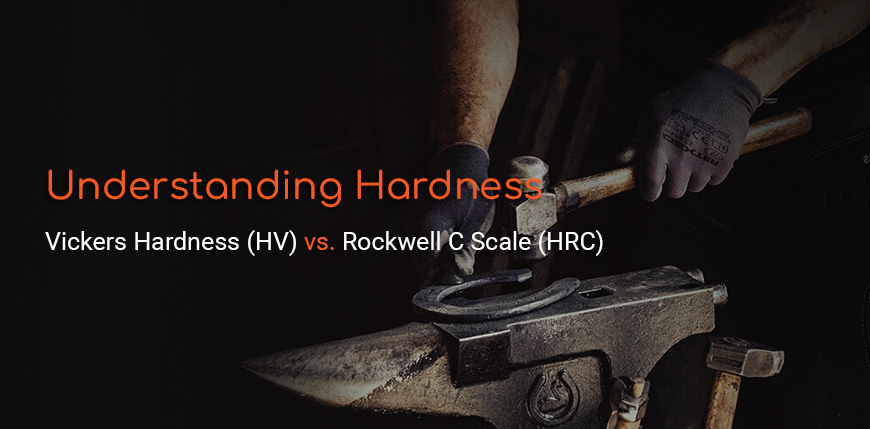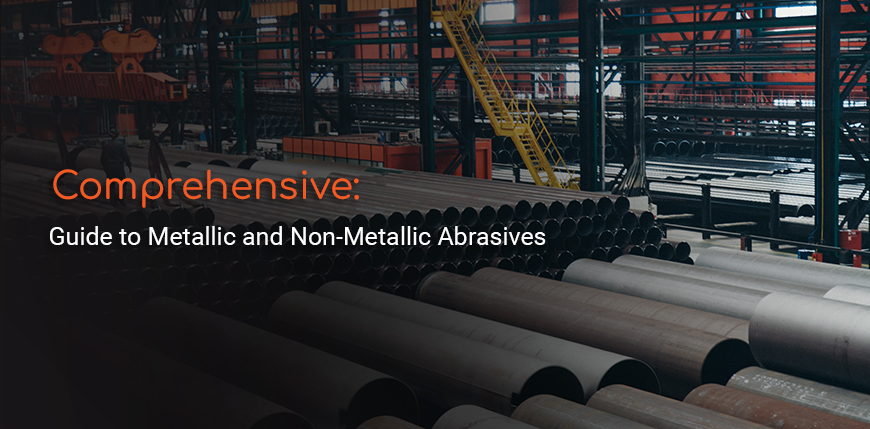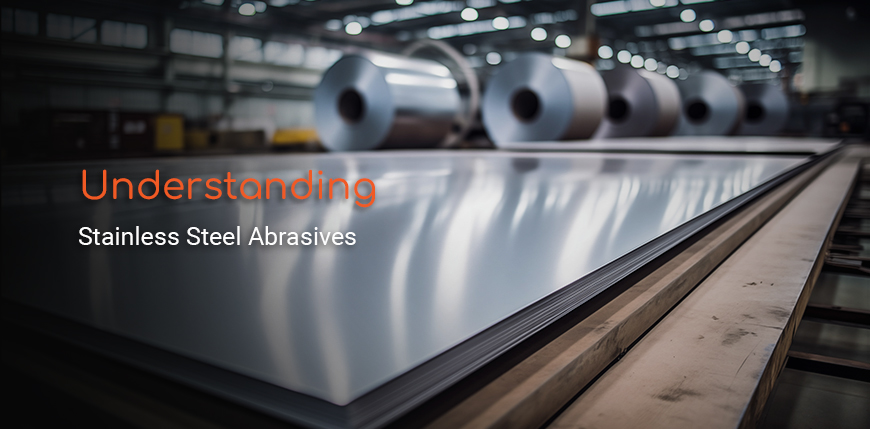
Known for their durability and effectiveness, Stainless steel abrasives are primarily composed of chromium and nickel, two elements that significantly influence their performance. In this article, we will explore how the composition of stainless steel abrasives enhances their effectiveness, the different types of stainless steel abrasives available, and the specific applications where they offer the most benefits.
The Role of Chromium and Nickel in Stainless Steel Abrasives
Stainless steel abrasives are primarily made from steel, with chromium and nickel as key alloying elements. Chromium is responsible for the abrasive's corrosion resistance, providing a protective layer that prevents rusting and surface degradation. Nickel, on the other hand, enhances the toughness and durability of the abrasive, allowing it to withstand high-impact applications without fracturing.
These elements work together to create an abrasive that is not only durable but also resistant to contamination. This is particularly important in industries where the cleanliness of the surface is paramount, such as in the food processing or medical equipment sectors. The combination of chromium and nickel ensures that stainless steel abrasives can deliver a high-quality finish while maintaining the integrity of the workpiece. These abrasives are dedicated to be used to blast material where nonferrous contamination is required such as: Stainless steel, Aluminum, Titanium, Bronze...etc
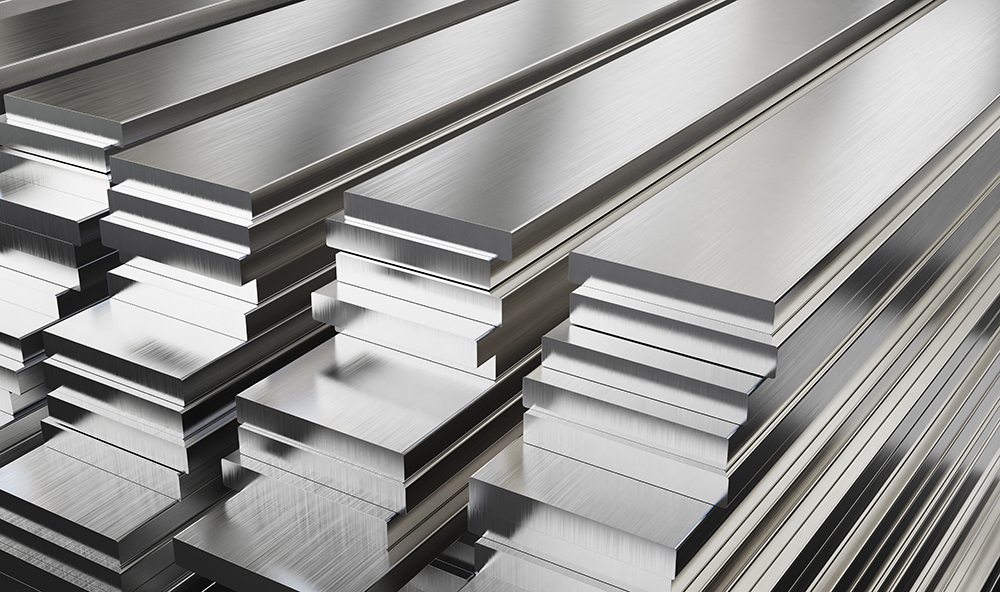

Types of Stainless Steel Abrasives
There are different types of stainless steel abrasives, each designed for specific applications and with distinct compositions and properties.
- Stelux C: This type of abrasive contains 16% chromium and between 0.5% and 1.5% nickel. Stelux C is typically used in applications where the surface will undergo further processing, such as painting or chemical treatment. It is commonly used in the automotive industry and foundries, where maintaining surface integrity is crucial.
- Stelux CN: With a higher chromium content of 18% and 8% nickel, Stelux CN offers superior protection against ferrous contamination. This abrasive is ideal for applications where high levels of cleanliness are required, such as in aerospace and automotive manufacturing. Stelux CN provides close to 100% protection against oxidation, making it a preferred choice in environments where rust prevention is critical.
- Stelux CG: This is an angular abrasive with a composition of 30% chromium and 2% carbon, often referred to as "chrome iron." The high carbon content gives Stelux CG a higher hardness, making it suitable for creating surface profiles that require more aggressive preparation. This type of abrasive is commonly used in the oil and gas industry and for cleaning glass molds.
Applications of Stainless Steel Abrasives
Stainless steel abrasives are used in a wide range of industries, each with specific requirements for surface preparation.
- Automotive Industry: In the automotive sector, stainless steel abrasives are used for preparing aluminum wheels and brake components. The use of Stelux CN ensures that these components are free from ferrous contamination, which is critical for maintaining their performance and longevity.
- Foundries: In foundries, stainless steel abrasives like Stelux C are used to clean castings. The abrasives remove sand and other residues from the surface, creating a clean and smooth finish that is ready for further processing.
- Oil and Gas Industry: Stelux CG is commonly used in the oil and gas industry for surface preparation. Its high hardness and angular shape make it ideal for creating rough surface profiles that improve the adhesion of coatings on Stainless Steel pipes.
- Aerospace Industry: Although less common due to the specialized requirements of the aerospace sector, stainless steel abrasives are used for preparing surfaces of sensible alloys that require high levels of cleanliness and corrosion resistance.
The Importance of Choosing the Right Abrasive
Selecting the appropriate type of stainless steel abrasive is essential for achieving the desired surface finish. Factors such as the abrasive's chemical composition play a crucial role, as they influence its durability and resistance to contamination. Additionally, the hardness of the workpiece, the required surface profile, and the specific application are all important considerations in determining which abrasive to use.
Stainless steel abrasives, due to their unique composition, offer a balance of durability and performance that is difficult to match with other materials. By understanding the properties of these abrasives, users can make informed decisions that improve the quality and efficiency of their surface preparation processes.
Conclusion and Expert Guidance
Whether you are working in automotive, aerospace, or oil and gas, choosing the right abrasive can significantly impact the quality and durability of the finished product. For those new to the process, consulting with experts who can provide tailored advice and technical support is highly recommended. This ensures that every step of the surface preparation process is executed with precision, leading to superior results.



